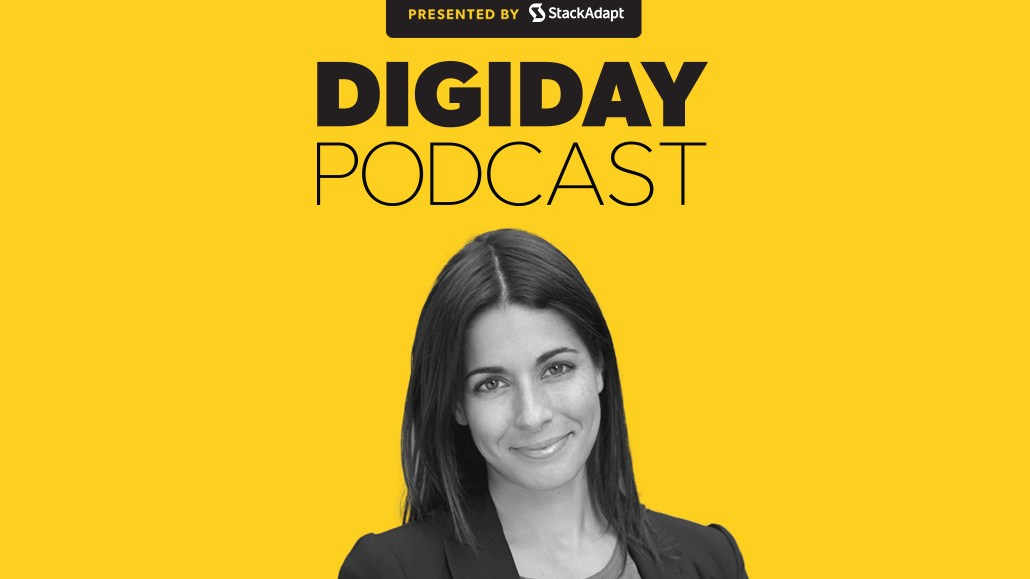Joy Robins on how she’s steering The New York Times’ ad business into the wave of change

Subscribe: Apple Podcasts • Spotify
The New York Times tapped Joy Robins as its global chief advertising officer this past spring and six months later, Robins is leading her team through a number of industry-wide changes.
Previously chief revenue officer of the Washington Post, Robins is not unfamiliar with the challenges that news publications are facing when it comes to brand safety concerns and monetizing news coverage. And at the Times, she and her team are working to incorporate attention metrics as KPIs for client campaigns and pitching new clients thoughtfully in order to stay on top of the volatile ad market.
What’s more, this month, Insider reported that the Times reversed its decision to remove open programmatic advertising from its app earlier this year, which Robins said was due to the fact that audiences say those ads were not disruptive after all.
In the latest episode of the Digiday Podcast, Robins chats about how she’s leading her team to incorporate new attention metrics and how reopening the open programmatic revenue valve can only stand to benefit the Times’ business.
Highlights from the conversation have been lightly edited and condensed.
Adding open programmatic ads back to the app
Programmatic supports the advertising business, obviously. Direct advertising has long been a focus, but programmatic is also a revenue stream that supports the business. And with respect to open programmatic within the app … the technology around the open programmatic market, and our ability to ensure quality ads and experiences come through within the app, have become far more sophisticated since we had turned it off. And it was always in service of creating quality premium experiences for our readers. And once we had real confidence that that was something that we really had a lot more control over, it led us to bringing that stream back into the app.
Adding attention metrics to the equation
How, operationally, do we make sure that we’re responsibly approaching change? I think the answer to that is, first of all, we need to make sure that we are working collaboratively across teams. I can’t say that enough. I think that we, as an industry, often recognize something needs to change and start to enact change without bringing the teams that are a part of that change along. And so really looking across our organization and within The New York Times advertising to ensure that we have all the right stake holder’s involved, those who really are working with the data, working with our brand partners and our agency partners when it comes to performance, and really making sure everybody is involved in evaluating solutions going forward.
The state of Q4 advertising
We see a number of our partners really looking inside of the quarter and spending budgets often focused on more quick turn opportunities, and really measuring the effectiveness of those campaigns via short term. And what it does in that week in that quarter, but equally, we’re seeing advertisers really focus on some of the longer term more custom content within sponsorship-driven opportunity. So I would say it’s fairly equally balanced and not atypical [for this time of year].
More in Media

Podcast companies turn to live events to capture growing advertiser spend
The surge in the number of live podcast events in 2025 reflects a broader shift: advertisers are betting bigger on podcasts — not just as an audio channel but as a full-fledged creator economy play.

Media Briefing: ‘Cloudflare is locking the door’: Publishers celebrate victory against AI bot crawlers
After years of miserably watching their content get ransacked for free by millions of unidentified AI bot crawlers, publishers were finally thrown a viable lifeline.

How Vogue could navigate potential industry headwinds as Anna Wintour — who agency execs say made ad dollars flow — brings on new edit lead
Anna Wintour’s successor at Vogue will have to overcome the myriad of challenges facing fashion media and the digital publishing ecosystem.








